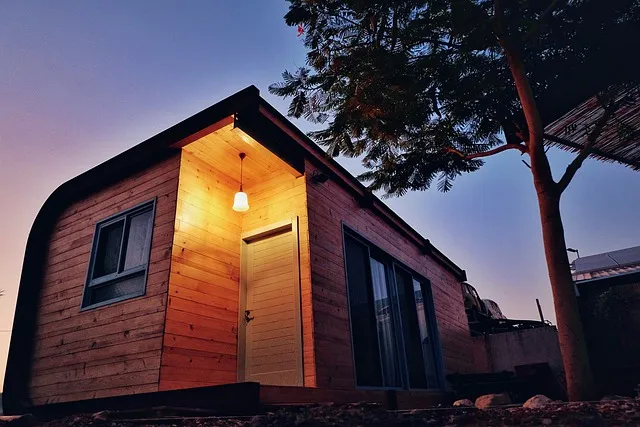Last Updated on April 21, 2024 by Nasir Hanif
An Accessory Dwelling Unit (ADU) is a small, independent living space that is built on the same lot as a single-family home. These units can take many forms, such as a basement apartment, a detached unit in the backyard, or even a converted garage. ADUs are becoming increasingly popular as a way to provide additional housing options, particularly in urban areas where land is scarce and housing costs are high. An ADU is a small, independent living space that is built on the same lot as a single-family home. Some of the benefits of ADUs include increased housing affordability, the ability to age in place, and the potential to generate rental income. However, building an ADU can be subject to local zoning and building codes, so it is important to research the regulations in your area before starting construction.
One of the biggest benefits of ADU is increased housing affordability. These units provide a way for homeowners to generate rental income, which can help offset the costs of owning a home. Additionally, ADUs can provide a way for people to age in place, allowing them to stay in their homes as they get older while having a separate space for a caretaker or family member to live.
Another advantage of ADU Home is that they can help to address the housing crisis in many urban areas. With housing prices continuing to rise, many people are finding it difficult to afford a place to live. ADUs provide a way to increase the number of available units in a given area, which can help to ease the pressure on the housing market.
Despite the many benefits of ADU, there are also some downsides to consider. One major drawback is that building an ADU can be subject to local zoning and building codes, which can make the process more difficult and time-consuming. Additionally, ADUs can add to the strain on local infrastructure, such as water and sewage systems, as well as on parking and traffic.
If you’re considering building an ADU, it’s important to research the regulations in your area before starting construction. Some cities and towns have specific rules and requirements for ADUs, such as size limits and parking requirements. It’s also a good idea to consult with a local architect or contractor to ensure that your plans meet all of the necessary codes and regulations.
One important factor to consider when building an ADU home is the cost. The cost of building an ADU will depend on a variety of factors, such as the size and location of the unit, as well as the materials used. However, many homeowners find that the cost of building an ADU is offset by the rental income they can generate. Additionally, some cities and states offer financial incentives for building ADUs, such as tax breaks or grants, which can help to reduce the overall cost.
Another important consideration when building an ADU is the design. An ADU should be designed to blend in with the existing home and neighborhood, rather than standing out as a separate structure. It’s also important to ensure that the ADU has its own private entrance, as well as its own utilities and appliances.
In conclusion, ADUs are a valuable solution for the housing crisis and can provide more affordable options for homeowners. They can also help to address the housing crisis in many urban areas. However, building an ADU can be subject to local zoning and building codes, and it’s important to research the regulations in your area before starting construction. Additionally, it’s important to consider the cost, design and infrastructure. With the right planning and execution, an ADU can be a great addition to your home and community.

